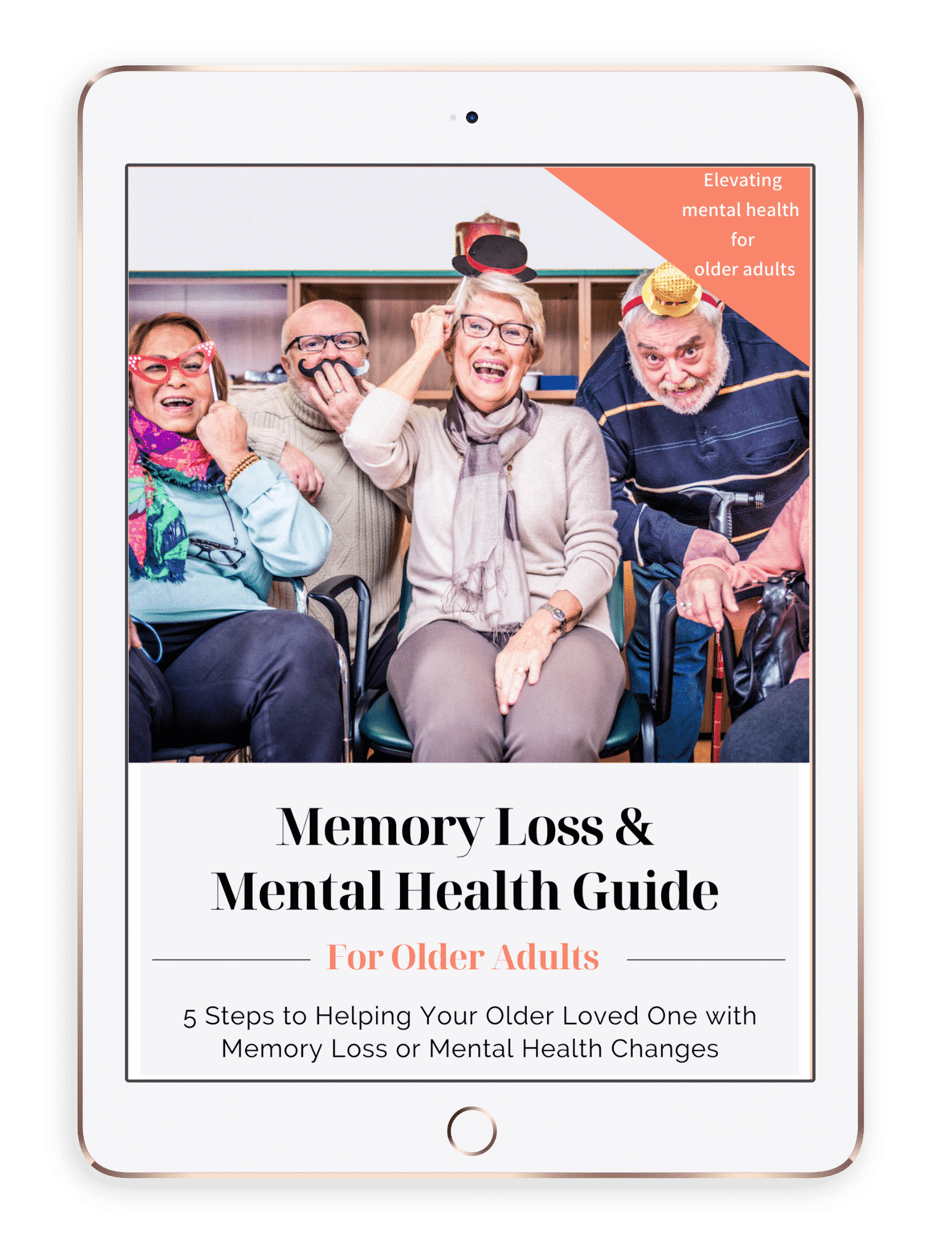As a clinical health psychologist specializing in chronic pain and illness, I have spent the past 12 years working with people who have chronic pain, and during that time I have learned a lot about the experience of pain and all of the many ways that it can impact one’s quality of life. One of the most important things that I’ve learned is that no two people have the exact same experience with chronic pain; that said, the number one thing I can say I’ve heard from almost every person I’ve worked with is: “I just want to feel like myself again, I want my life back”.
How Does Chronic Pain Affect Our Sense of Self?
Most of the people that I have worked with who experience chronic pain, feel that chronic pain has fundamentally changed not only their physicality, but also the way that they engage with the world and how think about themselves. Research supports the idea of a changing self-concept for people with chronic pain (Harris, Morley, & Barton, 2003; Hellstrom, 2001; Leventhal, Idler, & Leventhal, 1999). Many times, people may feel as though they had to give up the person they were before they started to experience pain, and they often need space to mourn the loss of that past self. Others go through feelings of loss for the future “possible self,” “what could have been,” and plans that they envisioned for themselves that they fear will never come to fruition due to their pain. Some individuals may have both of these experiences and bounce back and forth between the past and future. It is perhaps not surprising then that depression is highly comorbid with chronic pain, and for some individuals much (though not all) of this can be attributed to the changes in quality of life and sense of self observed with pain.
Why do therapists often feel ineffective when treating chronic pain?
When I think about the physical aspects of pain, combined with the emotional and psychological pain, it makes sense that if someone would feel an urge to find a way to minimize or escape the pain. It usually starts with “I’ll just try this medication” or “my friend said acupuncture was helpful”, and before one even realizes it, they accidentally end up in a never-ending search for a cure or miracle treatment. This effort can end up taking up an astronomical amount of time, energy, and money for these individuals; while they are on this quest for a solution they end up having no time or energy left for anything else. Ultimately, for many people in chronic pain, life becomes about the search for a way out of pain and not about living life. What makes this even more frustrating is that most treatment options for chronic pain are limited in their effectiveness or are not realistic long-term options. This makes all the effort put into escaping pain feel especially futile. The physical pain is often enough to manage, but the loss of time, energy, meaning, and purpose is what often leads people in pain to seek mental health treatment.
However, for some people with pain the struggles do not end when they start therapy. Many clients struggle in mental health treatment because they are still trying to reduce their pain. Conversely, many wonderful, skilled therapists struggle because they do not have the ability to treat the pain directly and they too may view this as the source of the client’s struggles. This can be incredibly frustrating for therapists, as we are trained to help people end their suffering. We are used to having tools to help combat depression or anxiety; however, in the case of chronic pain we don’t have that ability to target pain dead on.
But what if it didn’t have to be this way? What if there was another way to help your clients end their suffering? The good news is that such an intervention exists; we just have to change the way we think about what causes suffering. That is where pain acceptance and acceptance-based therapies can be helpful.
What is Pain Acceptance?
The concept of acceptance of chronic pain and illness has been gaining increased attention in both the clinical and research world for the past two decades. Acceptance of pain has been defined as “acknowledging that one has pain, giving up unproductive attempts to control pain, acting as if pain does not necessarily imply disability, and being able to commit one’s efforts toward living a satisfying life” (McCracken, 1998, p. 22). Accepting one’s experience of pain does not mean that one “gives in” to the pain or “gives up” on living a satisfactory life at the hands of their pain. In my clinical opinion, choosing to accept pain means that one makes a purposeful decision to live a meaningful life with the chronic pain or illness while still being aware that the condition may not improve. Further, it means recognizing that sometimes the things we do to try to escape the pain actually cause more suffering in the long-run and choosing to let go of those unproductive efforts.
According to acceptance based therapeutic approaches, it is the lack of engagement in meaningful life experiences and activities (due to either desire to avoid pain or little time left over after pursuit of treatment options), not the pain itself, that leads to suffering. Acceptance of pain allows the individual to change their relationship with their pain and the impact of pain on their quality of life.
The Benefits of Acceptance and Commitment Therapy on Pain Conditions
Acceptance and Commitment Therapy (ACT, pronounced like the verb “act”) is an evidence-based psychological intervention aimed at increasing acceptance and reducing suffering. Meta-analysis suggests that ACT for chronic pain has been shown to be equally efficacious to CBT for chronic pain (the present psychological gold-standard) and is considered to be an excellent alternative to CBT (Veehof et al, 2016). Additionally, Campbell and colleagues (2021) recent suggested that ACT may be a more appropriate intervention for older adults in particular due to its ability to simultaneously address multiple medical co-morbidities.
Research has demonstrated that greater pain acceptance is associated with better mental health outcomes physical functioning, quality of life, etc. (McCracken, 1998; Viane et al, 2003). Specifically, ACT for chronic pain has been found to yield positives outcomes across multiple domains including:
- Reducing number of sick days taken from work due to pain (Dahl et al, 2004)
- Reduced number of medical visits associated with pain (Dahl et al, 2004)
- Decreases in pain-related anxiety (Hughes et al, 2017; Johnston et al, 2010; Wetherell et al, 2011)
- Decreases in depressive symptoms (Hughes et al, 2017; Wetherell et al, 2011)
- Improvements in physical functioning and engagement and decreases is pain-related disability (Thorsell et al, 2011; Wetherell et al, 2011)
- Improvements in feelings of success in family and intimate interpersonal relationships (Steiner et al, 2013)
One of the beautiful hallmarks of the ACT approach is that it helps clients to regain control. A large part of the work in ACT for chronic pain is guiding the client through an exploration and identification of their personal values and then helping them find a way to pursue those valued life domains even in the presence of pain. Through a combination of ACT techniques, many people with chronic pain regain a sense of control over their lives so that they are the ones making choice about how to direct their energy and time, rather than allowing pain (and their desire to eliminate it) control all of their life choices. The key is helping people with pain to see that they don’t have to completely give up on what matters to them, but that they may need to be flexible and find ways to pursue their values even if it looks a little different than what they had originally imagined. Ultimately, this means people end up suffering less, and living more.
This is a win-win, the client starts living their life again (with pain), and you as the therapist feel effective again.
Where can I learn more about ACT for chronic pain?
If you are interested in learning more about how to help your clients with chronic pain through ACT, please check out the resources and references below. Additionally, I strongly encourage you to invest in a receiving specialized training in using ACT for chronic pain. Many therapists may have training in ACT, but there are multiple nuances and a few key differences when applying this treatment intervention to chronic pain. The Center for Mental Health and Aging offers several different continuing education programs on ACT specifically for chronic pain; for more information click here.
References
- Dahl, J., Wilson, K. G., & Nilsson, A. (2004). Acceptance and commitment therapy and the treatment of persons at risk for long-term disability resulting from stress and pain symptoms: A preliminary randomized trial. Behavior therapy, 35(4), 785-801.
- Harris, S., Morley, S., & Barton, S. B. (2003). Role loss and emotional adjustment in chronic pain. Pain, 105(1-2), 363-370.
- Hughes, L. S., Clark, J., Colclough, J. A., Dale, E., & McMillan, D. (2017). Acceptance and commitment therapy (ACT) for chronic pain. The Clinical journal of pain, 33(6), 552-568.
- Hellström, C. (2001). Temporal dimensions of the self-concept: Entrapped and possible selves in chronic pain. Psychology and Health, 16(1), 111-124.
- Johnston, M., Foster, M., Shennan, J., Starkey, N. J., & Johnson, A. (2010). The effectiveness of an acceptance and commitment therapy self-help intervention for chronic pain. The Clinical journal of pain, 26(5), 393-402.
- Leventhal, H., Idler, E. L., & Leventhal, E. A. (1999). The impact of chronic illness on the self system. Rutgers series on self and social identity, 2, 185-208.
- McCracken, L. M. (1998). Learning to live with the pain: acceptance of pain predicts adjustment in persons with chronic pain. Pain, 74(1), 21-27.
- Steiner, J. L., Bogusch, L., & Bigatti, S. M. (2013). Values-based action in fibromyalgia: Results from a randomized pilot of acceptance and commitment therapy. Health psychology research, 1(3).
Additional Resources
- Dahl, J.C., Wilson, K.G., Luciano, C., & Hayes, S.C. (2005). Acceptance and Commitment Therapy for Chronic Pain. Oakland, CA: Context Press.
- Dahl, J., & Lundgren, T. (2006). Living Beyond Your Pain: Using Acceptance and Commitment Therapy to Ease Chronic Pain. Oakland, CA: New Harbinger Publications, Inc.
- Luoma, J.B., Hayes, S.C., & Walser, R.D., (2007). Learning ACT: An Acceptance & Commitment Therapy Skills-Training Manual for Therapists. Oakland, CA: New Harbinger Publications, Inc.
*Portions of this article were originally published in an article written by Dr. Jennifer Steiner and Dr. Jennifer Delventura in June 2019 for Southern Pain Society. https://southernpainsociety.org/act-therapy/




